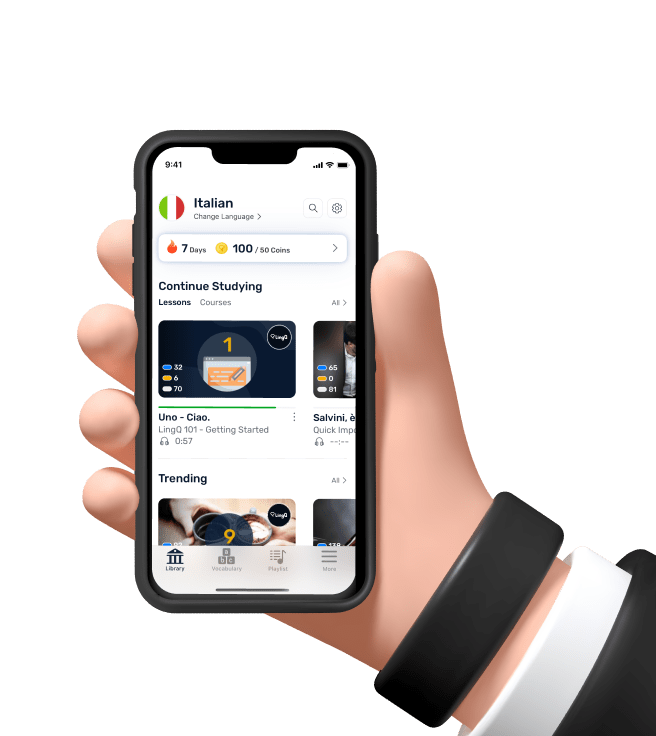The Truth About Tech Journalism: Here's How to Make Sure Your Startup Is Cover
Things got off to an awfully modest start at Wednesday's “How to Pitch” panel discussion at GROW Conference in Vancouver. There, journalists from TechCrunch, VentureBeat and Bloomberg News waxed poetic about how entrepreneurs could successfully pitch stories to these wizards of words.
In a show of one-upmanship TechCrunch writer Frederic Lardinois trumped his two counterparts when asked why it's so hard to get ahold of tech journalists: "I've got about 60,000 unread emails right now.” That's about 59,950 more unread emails than I currently have in my inbox (half of which are likely from my parents, wondering if my plane landed safely). Nevertheless, all three journalists offered the crowd some meaningful advice on how to get their names in the ever-prestigious webpages of North American tech journalism. In my incredibly biased view, VentureBeat writer John Koetsier possessed the least inflated ego in the room, and offered some of the more genuine advice.
“My job is to find and write interesting stories, and I can't write about something that I'm not interested in,” said Koetsier. “So you have to find something that's exciting and interesting and not just to you because it's your company.” Bloomberg News' Douglas MacMillan agreed, telling the crowd to put themselves in the reader's shoes. “Would you want to read this if you don't work at your company?” When asked what percentage of pitches these journalists dismiss, Koetsier offered over 70% while MacMillan offered 90%. But all three agreed: if startups can email them something generally interesting, then it can get past the first filter. “I sometimes compare my job to a VC (but I don't make nearly as much money as they do),” said MacMillan. “I think we deal with this same problem of massive pool of potential interesting topics to either invest in or write about, and how do I narrow that down? One of the best ways is relying on filters.”
So how can startups get past that filter?
Koetsier offered Twitter as a way to get through to him. In fact, he said, he reads every mention that comes his way, and startups have rarely used this trick on him (apologies to Koetsier if I just unleashed the floodgates on him).
Lardinois offered that startups should do a little homework before pitching him. Read what the writer often writes about and pitch a story accordingly. If another writer at a publication focuses on Google stories, don't pitch them an Edtech story. But don't call these literary scribes, people. Remember, our voicemails are strictly held for important people like Bill Gates and Mark Zuckerberg. “Don't call me, I'm not going to pick it up, its just going to go to voicemail,” said Lardinois. “If you leave a follow up email after that, that's not going to work either. That's annoying.” Koetsier dissented from that stance, saying that sometimes pitchers can get lucky. “I think that to get tech press you need to be annoying, you need to be good and you need to be lucky,” he said. “Facebook or Twitter sneeze or fart and they're in the news, while somebody else has to save 10 million people from dying from cancer. We get a lot of pitches and sometimes you're going to get lucky.” MacMillan said that the best way to get press coverage is through a genuine relationship. It's not always easy to automatically befriend someone you've never met, but it never hurts offering someone a coffee. “Starting to develop a real person-to-person relationship should be your priority if you're trying to get coverage, over any transactional story or article,” said MacMillan. “The first thing that has to happen is you have to get to know a journalist and you have to get to know what they write about, what their editor cares about and what their readers care about.”
As for no-no's, these sentence sorcerers warned that pitching the same story to multiple journalists at the same outlet may be annoying. Especially if two writers are unknowingly working on the same story. Highering a PR firm can work, but only if members of that firm have built up solid relationships over time with writers. Other than that, the panelists seemed to agree that the PR industry is fuelling a lot of filler tech content.
When asked for final comments, the reporters simply told the crowd that they'll write stories that are interesting. “If you're building something cool chances are we'll write about it,” said MacMillan. Lardinois assured that “If your product is interesting we'll write about it.” As Wayne Gretzky once said, you miss 100% of the shots you don't take. Koetsier may have echoed these sentiments. “Ask. Talk to us on twitter, talk to us elsewhere, send an email, try the phone call, whatever,” he said. “As long as you're nice, you can be persistent and even annoying and get my attention.”

